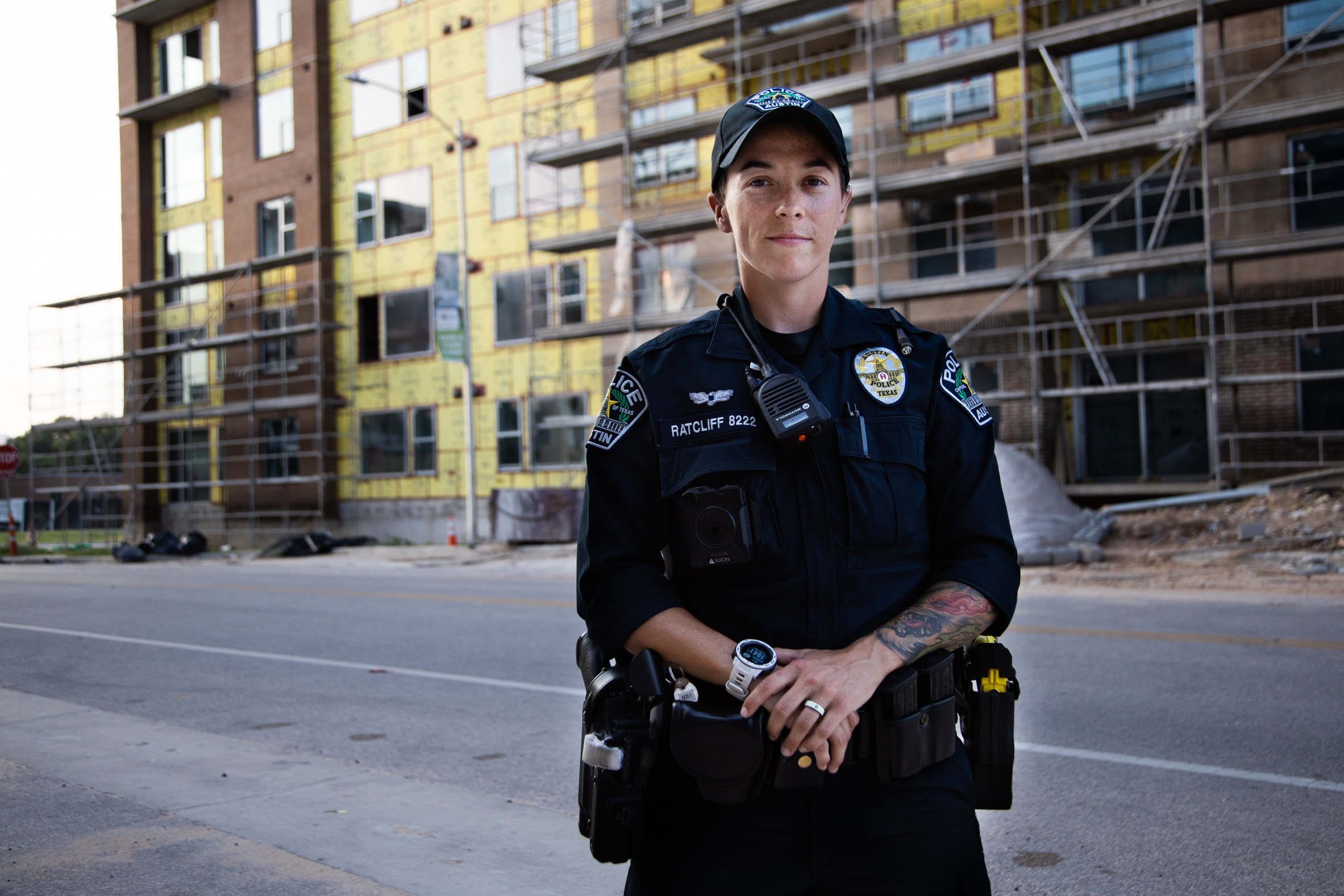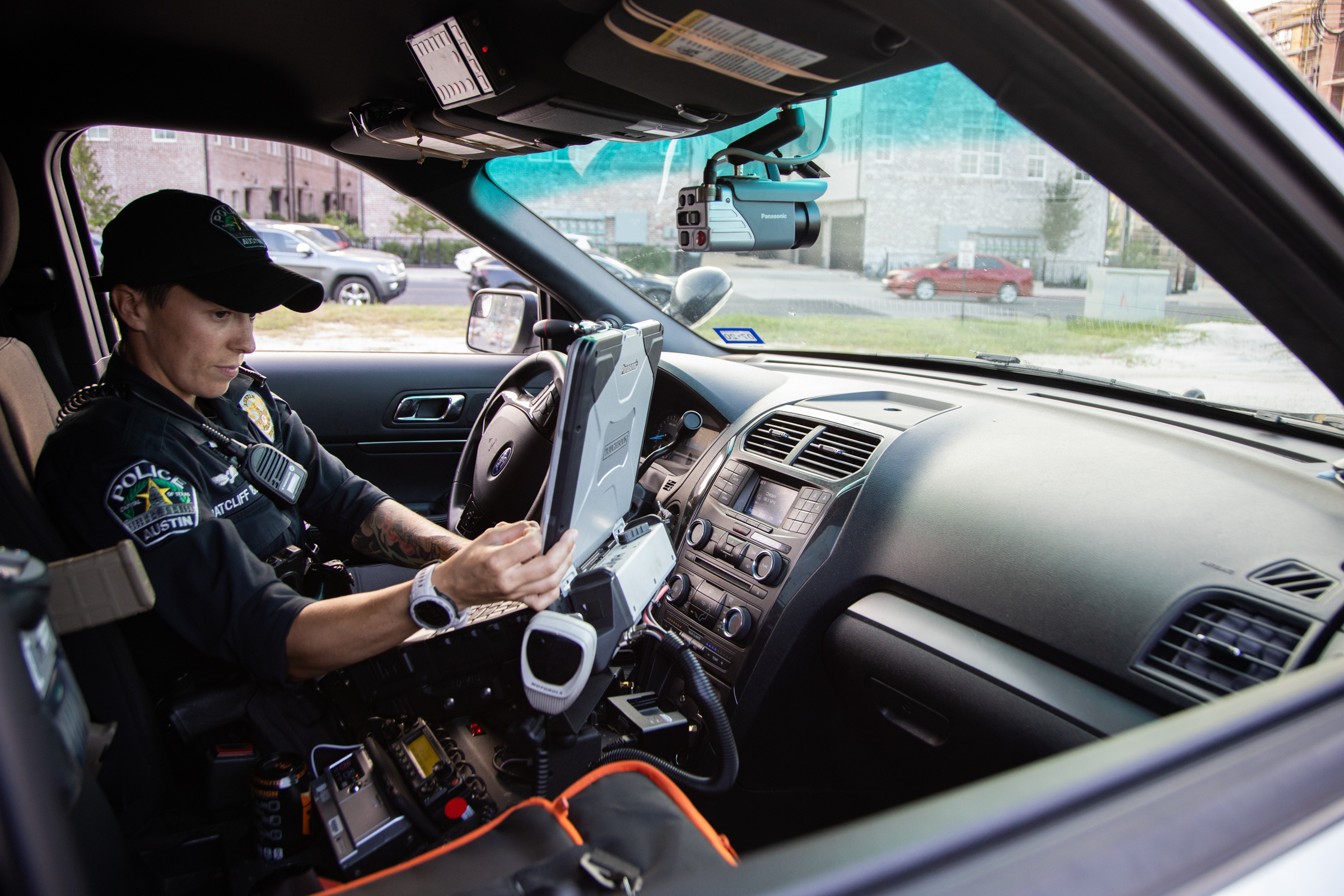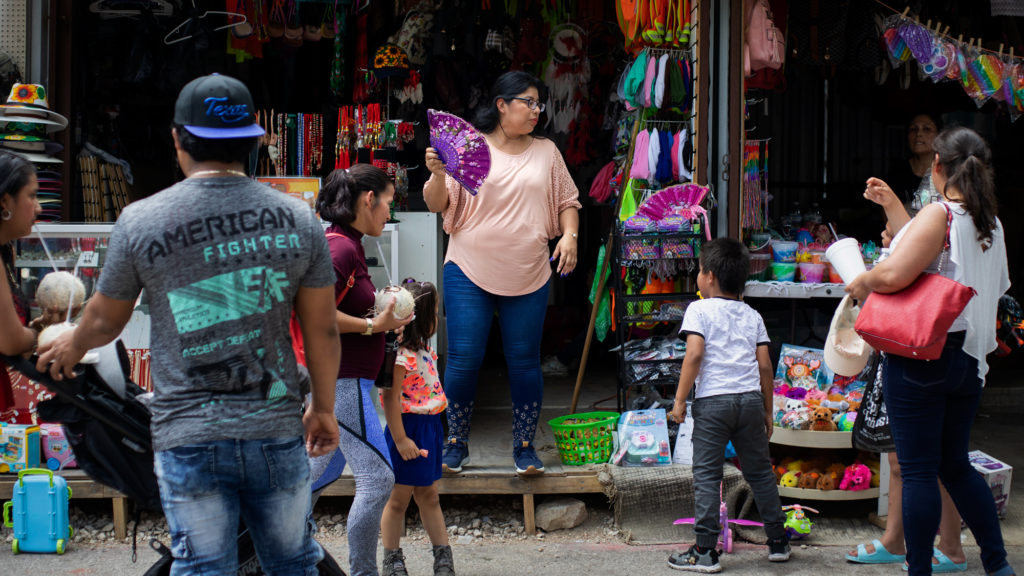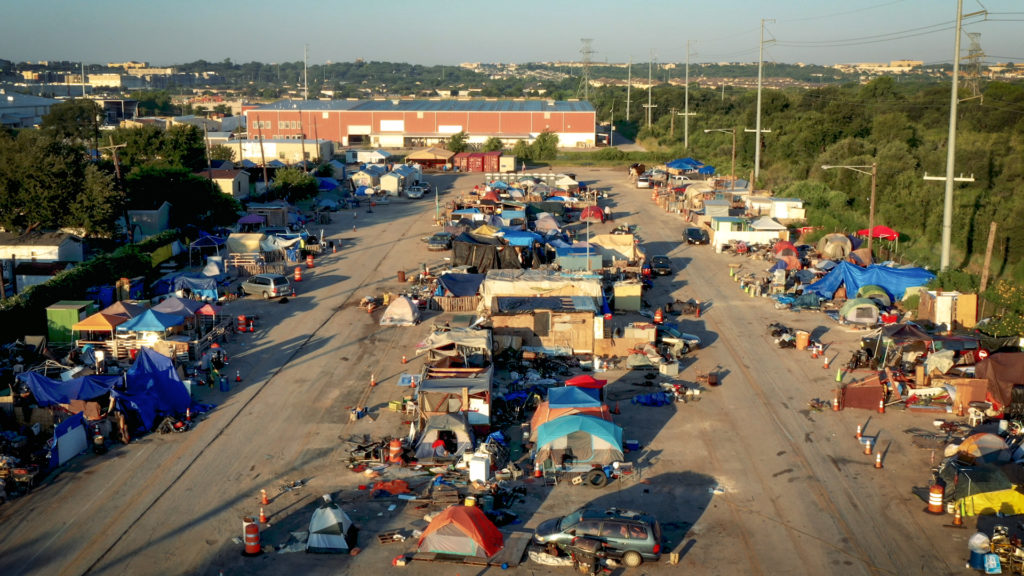For the first ten days after stay-at-home orders were issued in Austin, Texas, senior police officer Kat Ratcliff watched the whole city go quiet.
“It was eerie, you know,” says Kat, “Businesses were closed. People were not driving. Everybody was just staying inside.”
Emergency calls dropped dramatically in those first few days, but the trend didn’t hold. Soon after, Kat and her colleagues saw an uptick in family violence calls, more theft and property crime, an increase in violent crime, and a higher rate of traffic fatalities as people drove too fast on empty roads.
Even though the world was changing, Kat says much of her job and the expectations of emergency responders remains the same.
“We have an invisible enemy that we’re dealing with on calls that kind of changes the way we’re told to police, but people still expect the exact same service,” Kat says. “They expect us to be there. If the crime is occurring in their house, we’ve got to go inside regardless of any symptoms they’re experiencing.”
The Austin Police Department now requires officers to take their temperatures every day before work and drive alone in their vehicles, and 911 call operators ask callers a series of questions to determine if someone at the scene has COVID-19 symptoms before police arrive.
During the first week of the city’s shelter-in-place order, Kat responded to a physical violence call that was flagged as having possible COVID-19 risk. Two roommates had gotten in a fight, and Kat had to go inside and break it up.
“I put on a mask and went inside and made sure everybody was safe and separated,” Kat says. “It’s kind of a joke that we have these protections — we have to go in and touch people, we have to go in and violate social distancing.”
As part of APD’s COVID-19 response, Kat was issued two N95 masks, and she has a few surgical masks as well, all of which she’s sanitizing herself and reusing. She says she sometimes hesitates to use the N95s because she doesn’t want to waste them. And while officers are required to wear masks and gloves on calls, and maintain social distancing when possible, Kat notes safety protocols often don’t line up with the realities of responding to an emergency.
“I remember the first time I got into a foot pursuit with my mask on. That immediately came off,” she says. “I went into a house and I did CPR with a mask on. It doesn’t work. I took it off right away.”
In addition to her role as a patrol officer, Kat completed training to become a mental health officer, and she’s now responding to more people in crisis — those experiencing suicidal ideation, for example.
On such calls, she would normally be accompanied by a licensed counselor, but those workers are deemed non-essential and now conduct their work by phone. This means someone experiencing a mental health crisis ends up being transported to an emergency psychiatric facility more often than finding resolution on scene.
“The goal is the least restrictive option, and I try to exhaust all other resources first,” Kat says, “but if they are a danger to themselves or others I have to take them [to a facility].”
The COVID-19 restrictions also make communication and interaction more challenging as Kat responds to calls and tries to bring peaceful resolution to difficult situations.
“A lot of my communication with people is verbal, but it’s also nonverbal,” she says, “so they’re missing a lot of my expression and my communication with them. It’s hard when everything’s covered up on your face… to talk to somebody who’s in crisis.”
Kat volunteered for the role of mental health officer because of her own family’s experience with mental illness. Her father died of cancer when she was a child, and her mother, who suffered from addiction and mental illness and was physically and mentally abusive, committed suicide when Kat was 15.
“Resilience was something that was just ingrained in me,” Kat says, “and that allows me as a police officer to see people on their worst days, to take a little bit of their pain away, experience it with them, and still be able to recover and function normally, because it’s just kind of a little bit of a normal to me.”
Kat has applied that resilience to choices in her adult life as well.The September 11th attacks happened while she was in high school, and she felt a calling to serve her country. She enlisted in the Army, where she served for eight years as a military police officer and K9 handler, deploying to Iraq and Afghanistan.
She moved on to work at the Department of Homeland Security, where she was the youngest employee in the department, training dogs for theTransportation and Safety Administration, as well as other police departments. But she missed the feeling of serving her community, so she enrolled in APD’s police academy and joined the force after graduation.
She also has the rare distinction of being the only officer on staff to have competed on American Ninja Warrior for three consecutive seasons, which prompted APD to add Public Information Officer to her list of roles.
“It was like, ‘You do great on camera, here you go,’” Kat says, laughing.
Kat worries sometimes about the risk of infecting other people in her circle, especially her fianceé. The couple has a routine now where Kat takes off her uniform and washes it as soon as she comes through the door, and she wipes down everything she carries with bleach, including her phone and keys. But she will continue to work the evening shift in the southeast sector she covers, because her job is not one that can be done from home.
“If your car was stolen and you tested positive for COVID last week,” Kat says, “we’ll take that call on the phone. But if you’re in danger, nothing changes. At the end of the day, we’ve got to do our jobs, and we can only protect ourselves so much. We’ve got to go in and help.”
Kat says APD is starting to see an uptick in calls again, but she’s not sure if it’s related to the city slowly opening back up, or the fact that summer is typically the busiest time of year at her job.
Despite all of the new challenges she’s facing, the thing she misses most is seeing her coworkers. Before the pandemic, they would gather for half an hour each day at the beginning of a shift to talk about anything new in the sector and catch up on what happened the day before. Now they can’t do that.
“It’s a routine part, but kind of like the way we begin our day every day,” she says, “and I think we all miss that sense of community, that sense of gathering. I realize what others must be going through who aren’t getting anything at all.”




